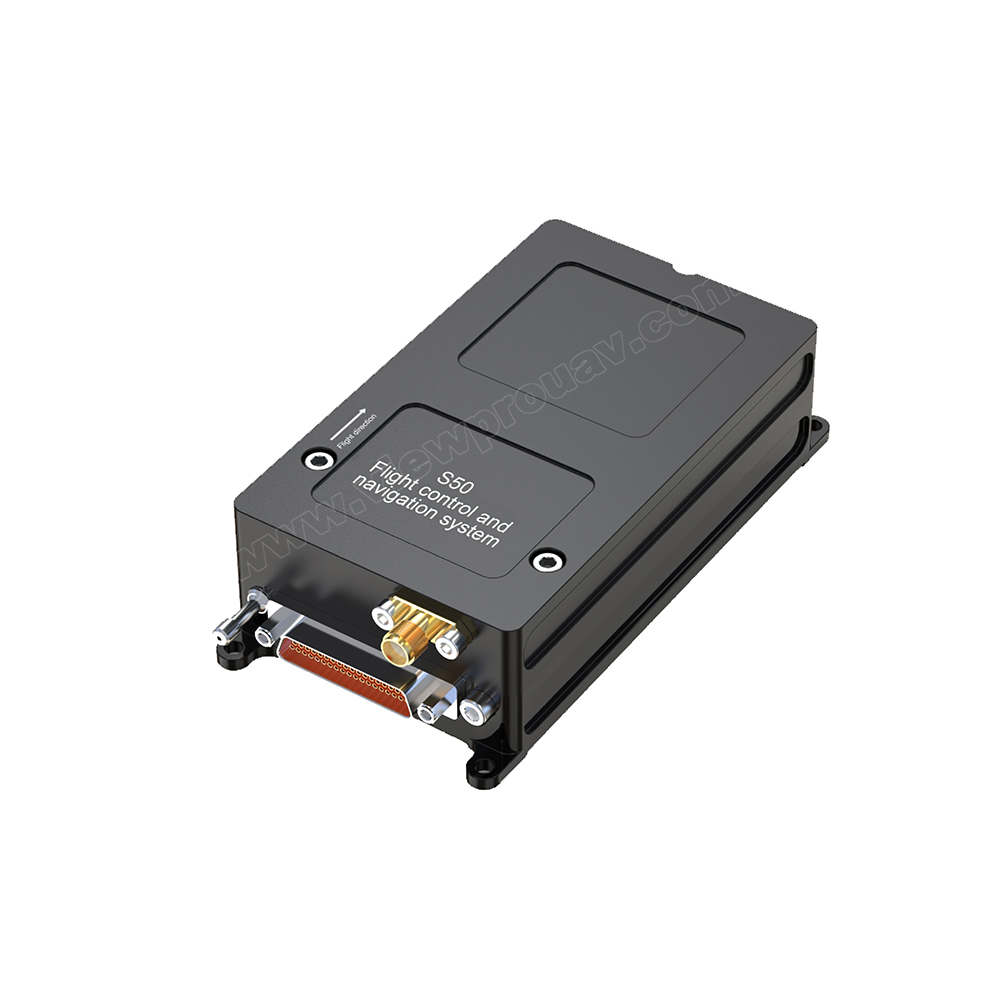Unmatched Precision: SparkNavi Drone Flight Controller and GNSS/INS Made in Taiwan
Unmatched Precision: SparkNavi Drone Flight Controller and GNSS/INS Made in Taiwan
Blog Article
The Value of Drone Trip Controllers in Modern Aerial Modern Technology: Secret Parts and Their Impact
In the realm of modern airborne technology, drone flight controllers serve as the pivotal systems that manage a drone's performance and capabilities. As sectors progressively rely on drones for applications ranging from farming to monitoring, the advancing modern technology within trip controllers elevates critical inquiries about their future effect and prospective innovations.

Overview of Drone Trip Controllers
In the world of airborne innovation, drone flight controllers offer as the important mind of unmanned airborne automobiles (UAVs), allowing specific ability to move and stability during flight. These sophisticated systems incorporate sensing unit information, refining formulas, and control inputs, permitting drones to perform complex trip patterns with accuracy.
Drone trip controllers use numerous sensors, such as gyroscopes, accelerometers, and GPS components, to assess the UAV's orientation and setting in real-time. This details is necessary for maintaining balance and guaranteeing secure procedure in varied ecological problems. The controllers process this information to make immediate changes to the drone's electric motors, permitting smooth transitions and responsive handling.
In addition, flight controllers are equipped with innovative software program that sustains features such as waypoint navigating, barrier avoidance, and autonomous flight capabilities. This software program is essential for both commercial and recreational applications, where reliability and accuracy are vital. As drone innovation remains to development, the development of trip controllers will play a crucial function in improving UAV safety, functionality, and versatility, inevitably increasing their applications across various sectors.
Key Parts Explained
Understanding the basic components of drone flight controllers is important for comprehending just how these systems run effectively. At the heart of a flight controller is the microcontroller, which acts as the mind, refining information from numerous sensors and implementing commands. Crucial sensing units include accelerometers and gyroscopes, which determine the drone's alignment and movement, offering crucial responses for stablizing.
Another key element is the barometer, which gauges altitude by gauging atmospheric pressure, while general practitioner modules use positional information, enabling self-governing navigation - SparkNavi drone flight controller and GNSS/INS made in taiwan. The trip controller additionally interfaces with Electronic Speed Controllers (ESCs), which control the rate of the drone's motors based on the controller's commands
Interaction modules, such as radio receivers, help with remote control input, enabling drivers to send out commands in real-time. In addition, some flight controllers integrate software application that can deal with intricate algorithms for waypoint navigation, flight planning, and telemetry information evaluation.
Duty in Trip Security
Central to maintaining trip security, drone flight controllers use sophisticated algorithms to refine sensor information and make real-time changes. These controllers are geared up with a range of sensing units, including accelerometers, gyroscopes, and measures, which continually keep an eye on the drone's elevation, rate, and positioning. By interpreting this information, the flight controller can recognize variances from the wanted flight course and respond without delay to preserve security.
For instance, if a drone experiences an unexpected gust of wind, the flight controller can promptly readjust the motor speeds to counteract the disruption, making sure a stable trip trajectory. This capability is crucial not only for hand-operated trip procedures yet also for executing complicated maneuvers and maintaining smooth flight in different ecological problems.
.jpg)
In addition, the advanced formulas made use of in flight controllers, such as PID (Proportional-Integral-Derivative) control, enable for fine-tuning of the drone's reaction to adjustments in flight problems. By maximizing these control parameters, flight controllers can boost stability, boost responsiveness, and reduce pilot work. Ultimately, the function of flight controllers in ensuring trip stability is important for the secure and reliable procedure of modern-day drones throughout diverse applications.
Influence On Autonomous Procedures

Self-governing operations are especially vital in varied applications such as delivery, security, and farming solutions. With improved trip controllers, drones can autonomously navigate fixed paths, efficiently gather data, and adapt to vibrant atmospheres. This ability reduces the requirement for constant human oversight, thereby increasing operational effectiveness and safety.
Moreover, the implementation of maker knowing methods within trip controllers allows drones to enhance their performance gradually by picking up from previous objectives. This adaptability leads the way for a lot more sophisticated self-governing applications, such as swarm technology, where numerous drones coordinate their actions to achieve an usual purpose.
Future Trends in Trip Controllers
Technologies in trip controller technology are poised to revolutionize drone capacities in the coming years. One considerable fad is the integration of synthetic intelligence (AI) and artificial intelligence formulas, allowing drones to find out from their atmospheres and make real-time choices. This improvement will certainly enhance independent navigating, barrier avoidance, and goal preparation, considerably boosting functional effectiveness and safety.
In addition, the advancement of advanced sensing unit innovations, such as LiDAR and multispectral imaging, will certainly supply flight controllers with richer data inputs. This will certainly help with much more sophisticated logical capabilities, allowing drones to carry out complicated jobs, such as accuracy rescue, agriculture and search, and infrastructure assessments with extraordinary accuracy.
Another arising pattern is the miniaturization of flight controller parts, which will lead to lighter and extra small drones. This development will certainly expand flight durations and haul capacities, making drones much more versatile for numerous applications.
Final Thought
Finally, drone Look At This flight controllers offer as essential parts in modern-day aerial modern technology, guaranteeing security and accuracy in ability to move with the combination of microcontrollers, accelerometers, and GPS components. SparkNavi drone flight controller and GNSS/INS made in taiwan. Their ability to make it possible for independent operations and adapt to various applications underscores their significance across numerous sectors. As improvements in artificial knowledge and sensor modern technology remain to emerge, the capacity for enhanced abilities and boosted operational effectiveness in drone systems will likely improve the future of aerial applications
Central to preserving trip stability, drone flight controllers make use of sophisticated algorithms to refine sensor information and make real-time adjustments. By interpreting this data, the flight controller can determine inconsistencies from the preferred trip course and respond promptly to maintain stability.
Furthermore, the innovative algorithms used in flight controllers, such as PID (Proportional-Integral-Derivative) control, enable for fine-tuning of the drone's feedback to changes in flight conditions. Eventually, the function of flight controllers in guaranteeing trip stability is vital for the reliable and risk-free operation of modern drones across diverse applications.
The improvements in drone flight controllers not only boost trip security but additionally dramatically influence independent procedures. SparkNavi drone flight controller and GNSS/INS made in taiwan.
Report this page